Heads up – Massive Sports Tech Holiday Deals List is Live!!! The Garmin Fenix 8 is $250 off (even the Fenix 8 Pro is $100 off!), the Apple Watch Ultra 3 is on sale, the Garmin inReach Mini 2 is $249, the GoPro Hero 13 Black, DJI NEO, and a ton of other brands/deals, including Wahoo, Oura, Whoop, Polar, Samsung, Google, and more than 100 sports tech deals here!
I’m DC RAINMAKER…

I swim, bike and run. Then, I come here and write about my adventures. It’s as simple as that. Most of the time. If you’re new around these parts, here’s the long version of my story.

You'll support the site, and get ad-free DCR! Plus, you'll be more awesome. Click above for all the details. Oh, and you can sign-up for the newsletter here!
Here’s how to save!
Wanna save some cash and support the site? These companies help support the site! With Backcountry.com or Competitive Cyclist with either the coupon code DCRAINMAKER for first time users saving 15% on applicable products.
You can also pick-up tons of gear at REI via these links, which is a long-time supporter as well:Alternatively, for everything else on the planet, simply buy your goods from Amazon via the link below and I get a tiny bit back as an Amazon Associate. No cost to you, easy as pie!
You can use the above link for any Amazon country and it (should) automatically redirect to your local Amazon site.
While I don't partner with many companies, there's a few that I love, and support the site. Full details!

Want to compare the features of each product, down to the nitty-gritty? No problem, the product comparison data is constantly updated with new products and new features added to old products!

Wanna create comparison chart graphs just like I do for GPS, heart rate, power meters and more? No problem, here's the platform I use - you can too!

Think my written reviews are deep? You should check out my videos. I take things to a whole new level of interactive depth!

Smart Trainers Buyers Guide: Looking at a smart trainer this winter? I cover all the units to buy (and avoid) for indoor training. The good, the bad, and the ugly.
-
Check out my weekly podcast - with DesFit, which is packed with both gadget and non-gadget goodness!

Get all your awesome DC Rainmaker gear here!
FAQ’s
I have built an extensive list of my most frequently asked questions. Below are the most popular.
- Do you have a privacy policy posted?
- Why haven’t you yet released a review for XYZ product you mentioned months ago?
- Will you test our product before release?
- Are you willing to review or test beta products?
- Which trainer should I buy?
- Which GPS watch should I buy?
- I’m headed to Paris – what do you recommend for training or sightseeing?
- I’m headed to Washington DC – what do you recommend for training?
- I’m from out of the country and will be visiting the US, what’s the best triathlon shop in city XYZ?
- What kind of camera do you use?
-
5 Easy Steps To The Site
In Depth Product Reviews
You probably stumbled upon here looking for a review of a sports gadget. If you’re trying to decide which unit to buy – check out my in-depth reviews section. Some reviews are over 60 pages long when printed out, with hundreds of photos! I aim to leave no stone unturned.
Read My Sports Gadget Recommendations.
Here’s my most recent GPS watch guide here, and cycling GPS computers here. Plus there are smart trainers here, all in these guides cover almost every category of sports gadgets out there. Looking for the equipment I use day-to-day? I also just put together my complete ‘Gear I Use’ equipment list, from swim to bike to run and everything in between (plus a few extra things). And to compliment that, here’s The Girl’s (my wife’s) list. Enjoy, and thanks for stopping by!
Have some fun in the travel section.
I travel a fair bit, both for work and for fun. Here’s a bunch of random trip reports and daily trip-logs that I’ve put together and posted. I’ve sorted it all by world geography, in an attempt to make it easy to figure out where I’ve been.
My Photography Gear: The Cameras/Drones/Action Cams I Use Daily
The most common question I receive outside of the “what’s the best GPS watch for me” variant, are photography-esq based. So in efforts to combat the amount of emails I need to sort through on a daily basis, I’ve complied this “My Photography Gear” post for your curious minds (including drones & action cams!)! It’s a nice break from the day-to-day sports-tech talk, and I hope you get something out of it!
The Swim/Bike/Run Gear I Use List
Many readers stumble into my website in search of information on the latest and greatest sports tech products. But at the end of the day, you might just be wondering “What does Ray use when not testing new products?”. So here is the most up to date list of products I like and fit the bill for me and my training needs best! DC Rainmaker 2024 swim, bike, run, and general gear list. But wait, are you a female and feel like these things might not apply to you? If that’s the case (but certainly not saying my choices aren’t good for women), and you just want to see a different gear junkies “picks”, check out The Girl’s Gear Guide too.

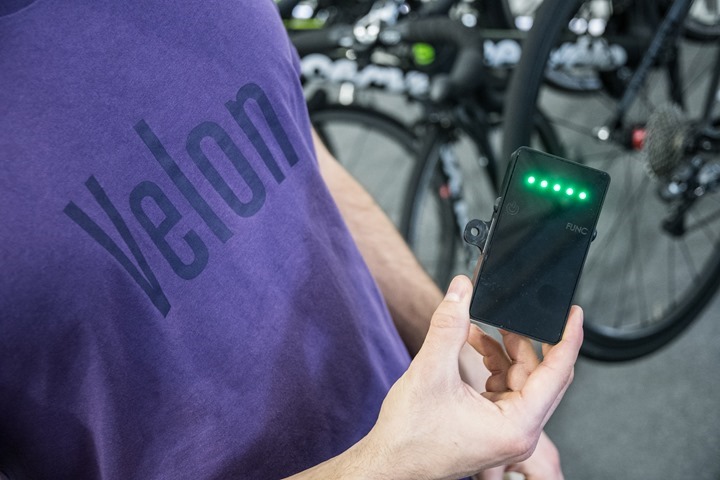
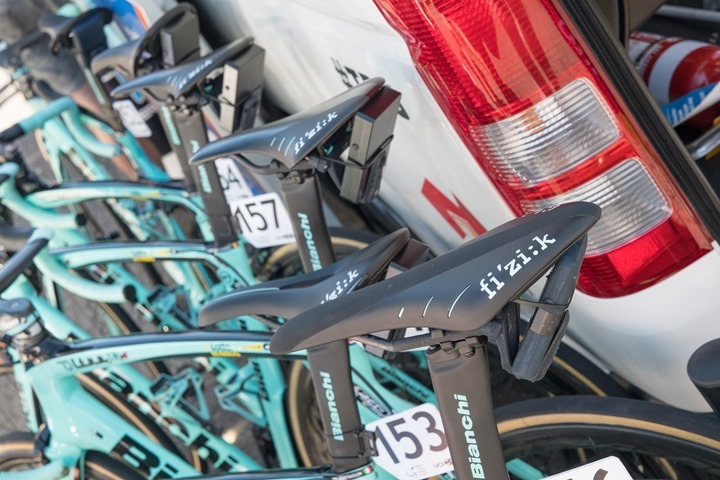
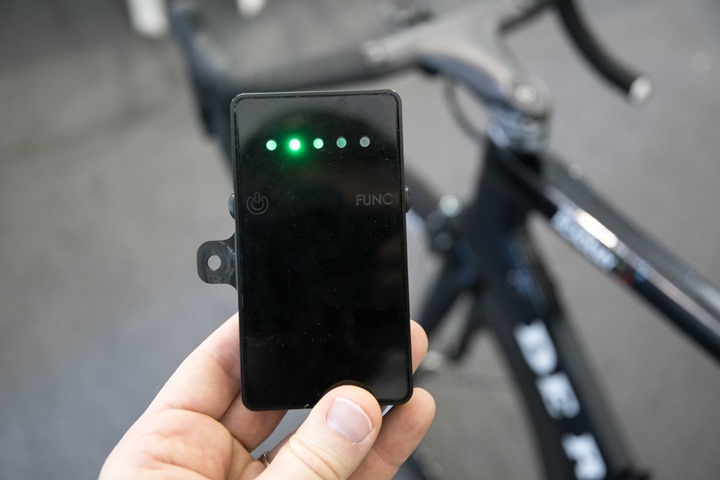
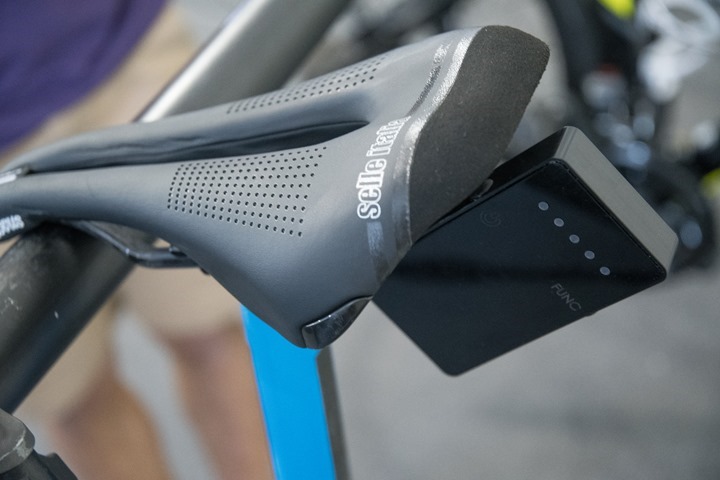
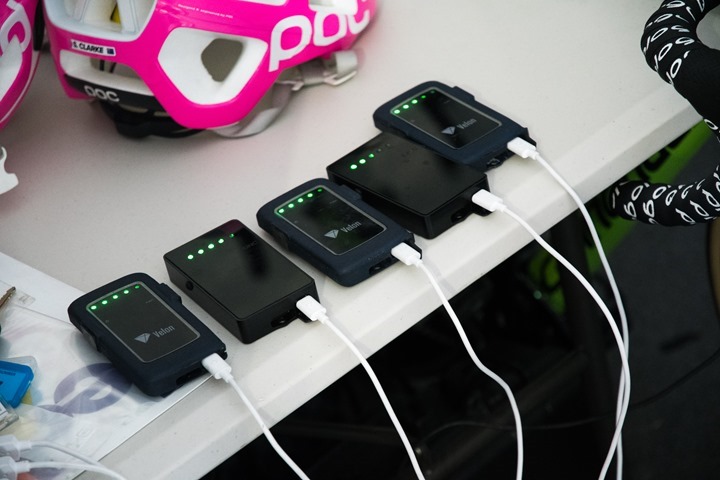
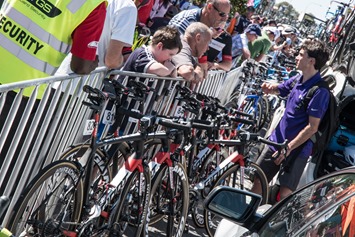
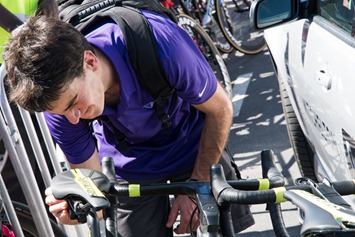
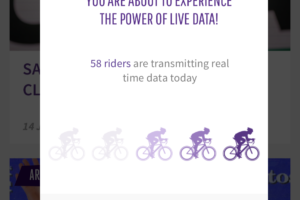

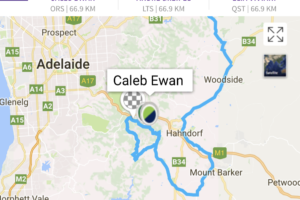
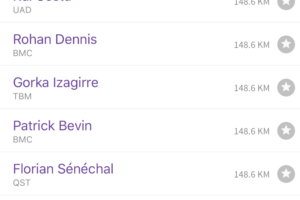
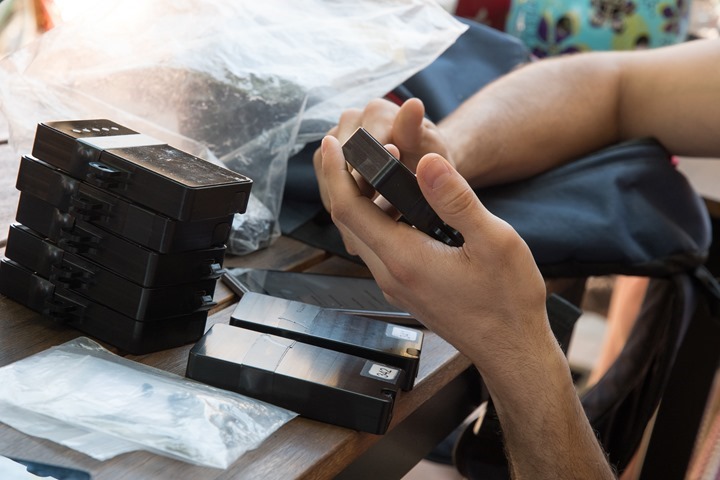





















Please include a spoiler alert when applicable.
Do the teams get to include the tracker weight as a part of the 6.8kg bike weight?
Yes, it is my understanding that they do indeed include the tracker in the bike’s weight when checking. But, for example, they won’t include the rider’s head unit.
Generally, it depends on whether the device is truly attached to the bike. One of the new Wahoo units has a screw that holds the head unit to the mount, which then means it counts towards the 6.8kg limit, but if something can be easily detached as with most head units, it doesn’t count.
The Wahoo BOLT can be bolted down. It comes in at meager 60g.
For reasons unknown they don’t use its mount, and therefore don’t actually do it.
Good to see additional players but certainly doesn’t look quite as pretty as the DD solution – and a mesh network to upload the data seems a much more robust method than just a basic cell connection.
My feeling, from watching the tracking data on the tdf last year, was that the presentation of the data was very poor. Patchy and inconsistent. On eurosport, for example, data like HR and power was given as a percentage IIRC (percentage of what ?) or a progress type bar. And some of the data was really suspect – speed bouncing all over the place. Lots of riders not participating meant it really wasn’t that interesting to watch.
Early days but it’s just as important delivering that data as it is gathering it.
early days
Any ideas where is Quarq with their Qollector concept ? Still can’t be bought in Europe and they seem to drop the ball on availability completely…
Thanks Ray!
I am very interested in the rider data and possible analytics in race situations, however the implementation and presentation of said data on TV is poor, very poor even.
Data is rarely actually live, often the data shown on screen is not from the part that the riders are shown to be on at the moment, rendering the information absolutely useless and uninteresting. (I want to know how much power rider x has to put out during that hill climb or during the intermediate sprint, or what the heartrate is after 30mins of climbing)
Some riders also (perhaps understandably) chose to share only some of the data, for example their heart rate and others not (and some simply are also not wearing any heart rate recording devices). And most frustratingly, there is to my knowledge no way of accessing even part of the shown data after the event.
So for now it is just a gimmick and a poorly implemented one.And as long as riders, again understandably so, won’t share their data freely it will remain a gimmick.
Now as for those on bike cams? they are very very cool, even 1 minute highlights were more than enough to make even non cyclist look them up. Shame the TDU fans are missing out on this.
Would it be possible in theory for TDF organisers etc to fill in the gaps with the type of mobile (as in moveable) cell towers used for festivals etc?
There’d presumably be nothing stopping them using a few each stage as required for the data tracking but any excess capacity could be used by the media, teams, spectators etc more widely so it could be a solution with wider benefits.
TdF organizer ASO, owns the right of the data provided from Dimension Data platform and they tried to push them through the broacaster to the large audience in order to change the way the bike world is perceived.
Unfortunately broadcaster lack of commercial percieved value of these data turned the volume of informations in asmall and flat tv infografic that doesn’t fit the fans enthusiastic expectation.
We have also to consider that ASO using the social media channels reached with the analytics from the platform a greater audience than prior the adoption of this solution.
Didata platform provide to ASO (TdF organizer) the contents covering the data with a mix of mesh wireless network connectivity with a strong predictive algorithm to increase the positional precision of the single riders for the whole Tour. To allow the data flows without or nearly without interruption it is necessary the presence of an helicopter that trasmit the data and run as the positional reference for the whole meshed network.
No GPS is needed as simon reported earlier.
If you want to deepen the technology behind the TdF you can take a glance to Didata TdF digital transformation minisite
link to www2.dimensiondata.com
I don’t understand why this device is soooo ugly. They spent millions for r&d but nothing for design.
It’s hard to find good people with a high conscientiousness. Which result in such flaws shrugged off with words like “good enough” or “didn’t consider this.” Fatal in the long run to a company if this is managers or engineers.
It’s definitely not hard to hire an artist or industrial designer.
But then, you can get ~500pcs+ electronics manufactured, assembled, and married with its case within a week or two these days, and they didn’t even manage that.
When I was watching the stage (#4) today, it was interesting to hear the commentators apologise for the lack of rider data and put the blame on the heat, not communications. That said, given how many other things Liggett and Sherwen get wrong during a race, they could have been off-base on this as well!
“thus all of that potential viral social media reach has been lost”
Yep!
Would this technology catch ” motors ” if all data went into a relational database per race. Conceptually it would be able to catch all deviations from norms because trends could be developed for each rider, no? Would this not make cheating that much harder combined with current methods?
Sagan’s K-Edge Bolt Mount does: link to velonews.com
What is Velon’s business model?
How are they making money?